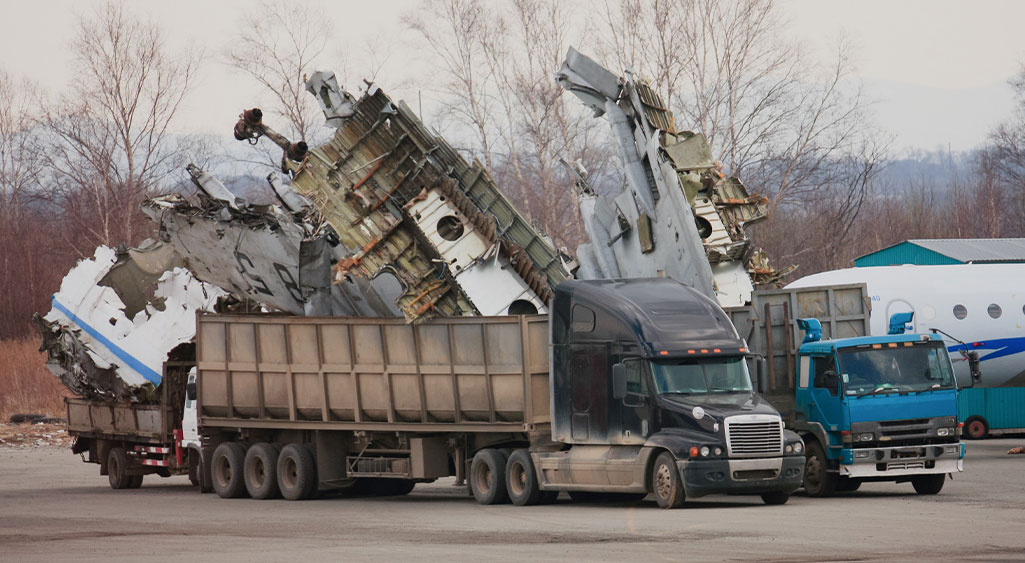
 Request FREE consultation - 1866-758-4529
Request FREE consultation - 1866-758-4529 
The Federal Motor Carrier Safety Regulations in section 392.14 deal with driving in hazardous conditions. The regulations state:
“extreme caution in the operation of a commercial motor vehicle shall be exercised when hazardous conditions, such as those caused by snow, ice, sleet, fog, mist, rain, dust, or smoke, adversely affect visibility or traction.”
The regulations go on to indicate that a truck driver must reduce his speed when hazardous conditions exist. And, if the hazardous conditions are sufficiently dangerous, the truck driver must discontinue driving the tractor trailer and not operated on the highways until the conditions improve.
The regulations require the truck drivers heightened responsibility when hazardous conditions exist because a big rig which can weigh up to 80,000 pounds can literally wreak havoc with passenger cars and pickup trucks and wipe out whole families in a fraction of a second.
This single regulation may be the most important safety regulations relating to truck accident prevention in the entire regulations. The number of truck wrecks that occur when some type of hazardous condition exists are fairly significant.
When the conditions require a truck driver to discontinue operation, the truck driver must find a place to pull over safely and if the compliance with the rule would increase a hazard to passengers, the truck can be operated to the nearest point at which the safety of the passengers can be assured.
Many semi-truck accidents could have been prevented simply by a truck driver reducing their speed or pulling off the roadway until the rain, fog or other visibility impairment improved. If you have questions regarding a truck accident speak with the best truck accident attorney you can find as soon as possible after the accident.